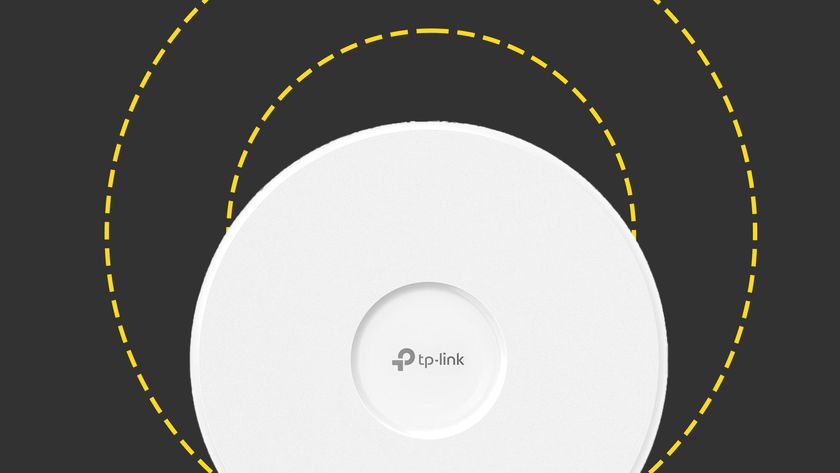Having completed the initial setup, the Zeus main screen displayed a few status messages confirming that all was well, and told us it wasn't managing any traffic yet because we hadn't defined any virtual servers. The term "virtual server" could be a little confusing, especially for novice users running the virtual appliance. However, a ZXTM "virtual server" is simply a service running on ZXTM that passes incoming requests to the back-end servers.
Like most customers, the first thing we wanted to do with our new ZXTM LB was configure it to handle traffic to our web servers. The newly created ZXTM LB made this very easy for us by placing a link to the "Manage a new service" wizard on the management console's front page. We clicked this link and the wizard asked for the IP address details of the back-end web servers and then created and started the our new virtual server.
We could then click on links in the administration console to manage its settings. For example, as our web servers were running WebDAV file services, we configured our service with session persistence so traffic from a particular browser would go to the same back-end server. We also configured our service to accept SSL connections. In effect, this added SSL support to our web site in one easy step, without us having to change any settings or configure individual SSL certificates on the back-end servers. For web sites with high security requirements we could have configured the SSL support so that ZXTM LB encrypted traffic between the virtual appliance and the back-end servers. However, for our tests we left this traffic unencrypted. There was a wide range of options for session persistence, but we chose the one to insert transparent cookies into the response to track sessions.
Although ZXTM LB runs on a Linux operating system, the stylish web based user interface means administrators do not need Linux skills. In fact, the management console does a remarkably good job of monitoring the system configuration and warning about potential problems. For example, it issued a warning when we unplugged the network connection to one of our web servers, and even told us when we set an invalid default gateway. Likewise we found setting up and editing virtual servers extremely easy. It took us around one minute to configure SSL support for our site and generate a self signed certificate, which is much quicker than if we'd done this by hand on a Linux web server.
As well as providing fault tolerance for web services by spreading workloads across several servers, the ZXTM software makes it very easy to build fault tolerance into the actual load balancing architecture. Several ZXTM LBs can be cluster together extremely easily both to provide fault tolerance and to improve performance, such as if it was being used to handle lots of SSL traffic. Once they are clustered together, administrators need only update the configuration on one ZXTM, and the changes would be automatically replicated to the other systems in the cluster.
Verdict
The Zeus Extensible Traffic Manager Load Balancer (ZXTM LB) is an enterprise class traffic management suite for web based applications. It’s available in a range of formats and sizes to suit every requirement, deployment is fast and it also extremely easy to use.
Memory: 512MB RAM Storage: 4GB virtual hard disk Network: 1x virtual Ethernet Management: Web browser













